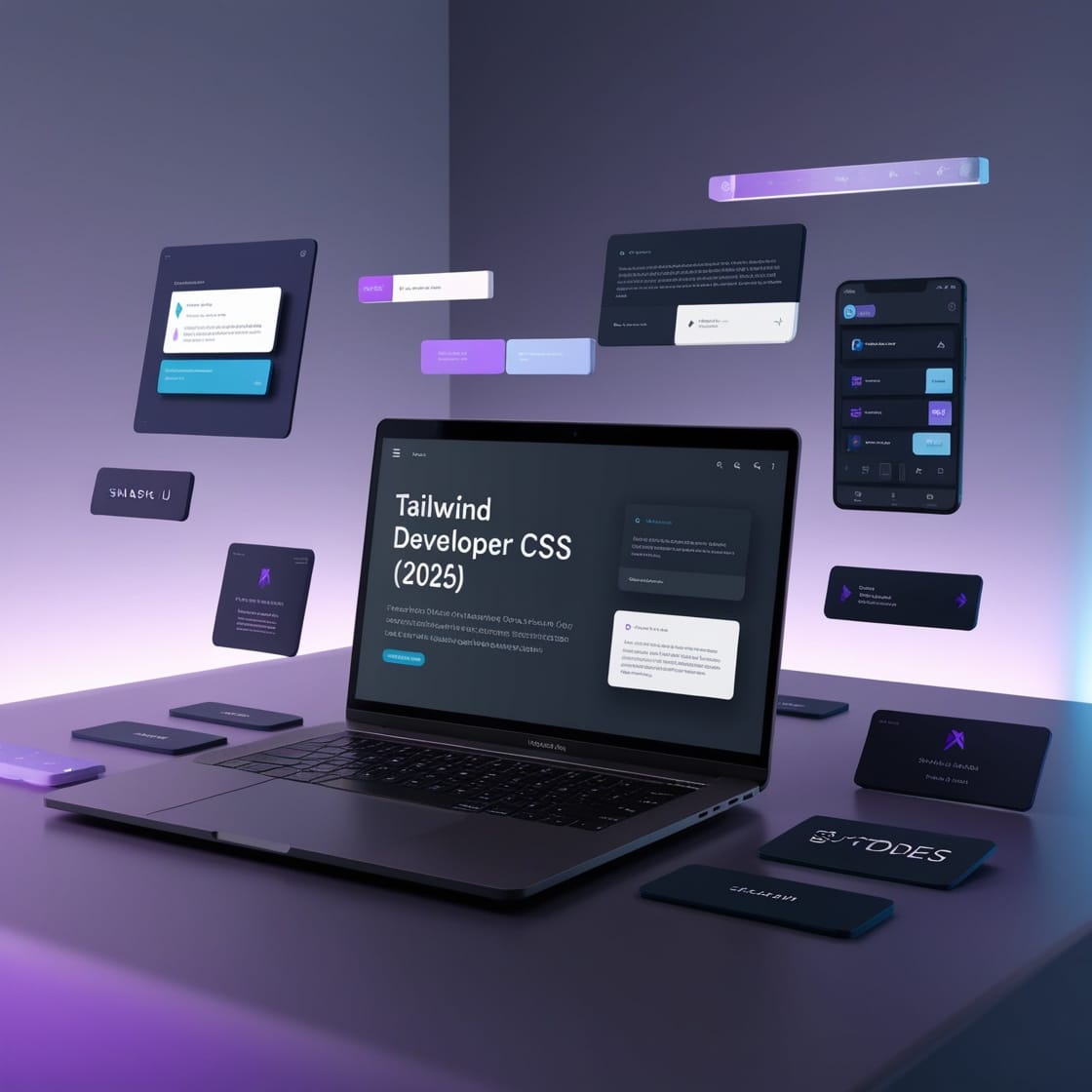
In modern web development, speed and scalability are no longer nice-to-haves—they're non-negotiable. As teams grow and applications evolve, maintaining a consistent and efficient design system becomes critical. That’s where Tailwind CSS and shadcn/ui come in—a pairing that enables developers to build beautiful, accessible, and scalable UI systems without reinventing the wheel.
Whether you’re building a full-scale design system or simply trying to keep your UI components maintainable across projects, this guide will show you how to make the most of Tailwind and shadcn/ui.
A UI system is more than a component library—it's a design language backed by consistent patterns and reusable components. A scalable system ensures:
Without a UI system, your frontend becomes a tangle of inconsistent components, duplicated styles, and guesswork.
A utility-first CSS framework that offers maximum control with minimal code bloat.
A modern component library built on top of Tailwind and Radix UI. It offers:
Together, they provide the perfect foundation for a maintainable, elegant UI system in 2025.
Here’s how to bootstrap your scalable UI system setup.
npx create-next-app@latest my-project
cd my-project
npm install tailwindcss @tailwindcss/postcss postcss
Follow their setup instructions to integrate into your Next.js project:
npx shadcn-ui@latest init
// Then add components using:
npx shadcn-ui@latest add button
// You can now use components like:
import { Button } from "@/components/ui/button";
export default function Example() {
return <Button>Click Me</Button>;
}
As you scale your UI system, follow these best practices:
Organize components clearly with folders like:
/components/ui/
/components/shared/
/components/forms/
@theme in Tailwind v4Tailwind CSS v4 embraces a more CSS-native approach to theming. Instead of defining colors, fonts, and spacing in tailwind.config.js, you can now use the new @theme directive inside your CSS files — giving you a clean, centralized token system with full IntelliSense support.
In your globals.css
@theme {
--color-primary: #4A90E2;
--color-muted: #A0A0A0;
--font-heading: 'Manrope', sans-serif;
--font-body: 'Merriweather', serif;
} Then, you can use these custom tokens in your Tailwind utilities like this:
<div class="text-primary font-heading">
Welcome to the UI system
</div> This approach aligns with the new standard in Tailwind v4 and gives you complete control over your design system in one place.
Avoid repeating props like variants, sizes, and state. For example:
// components/shared/PrimaryButton.jsx
import { Button } from "@/components/ui/button";
export const PrimaryButton = ({ children, ...props }) => (
<Button variant="default" className="rounded-xl px-6" {...props}>
{children}
</Button> ); Here are a few ideas where this scalable system thrives:
If you're building modern frontends in 2025, creating a scalable UI system with Tailwind CSS and shadcn/ui is more than just smart—it’s essential. You’ll save time, improve consistency, and create user interfaces that are both performant and maintainable.
Start small, refactor smart, and let the system evolve with your product.